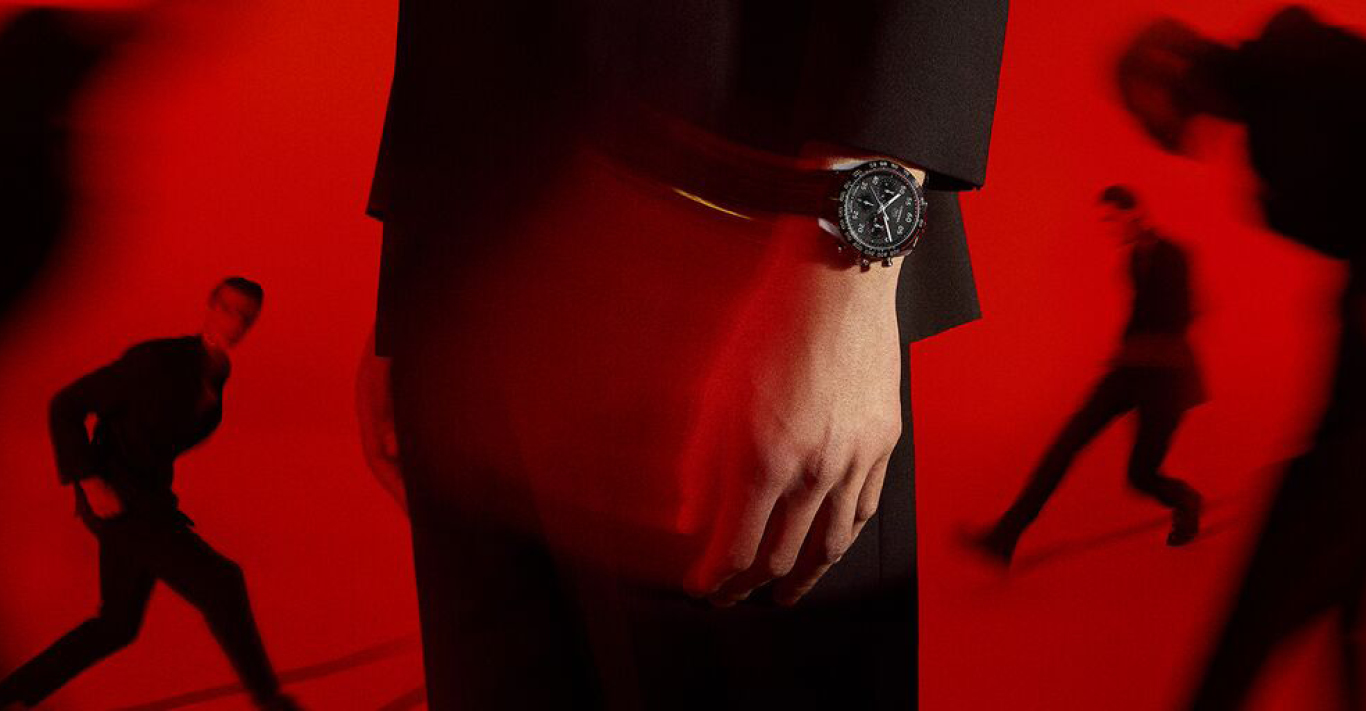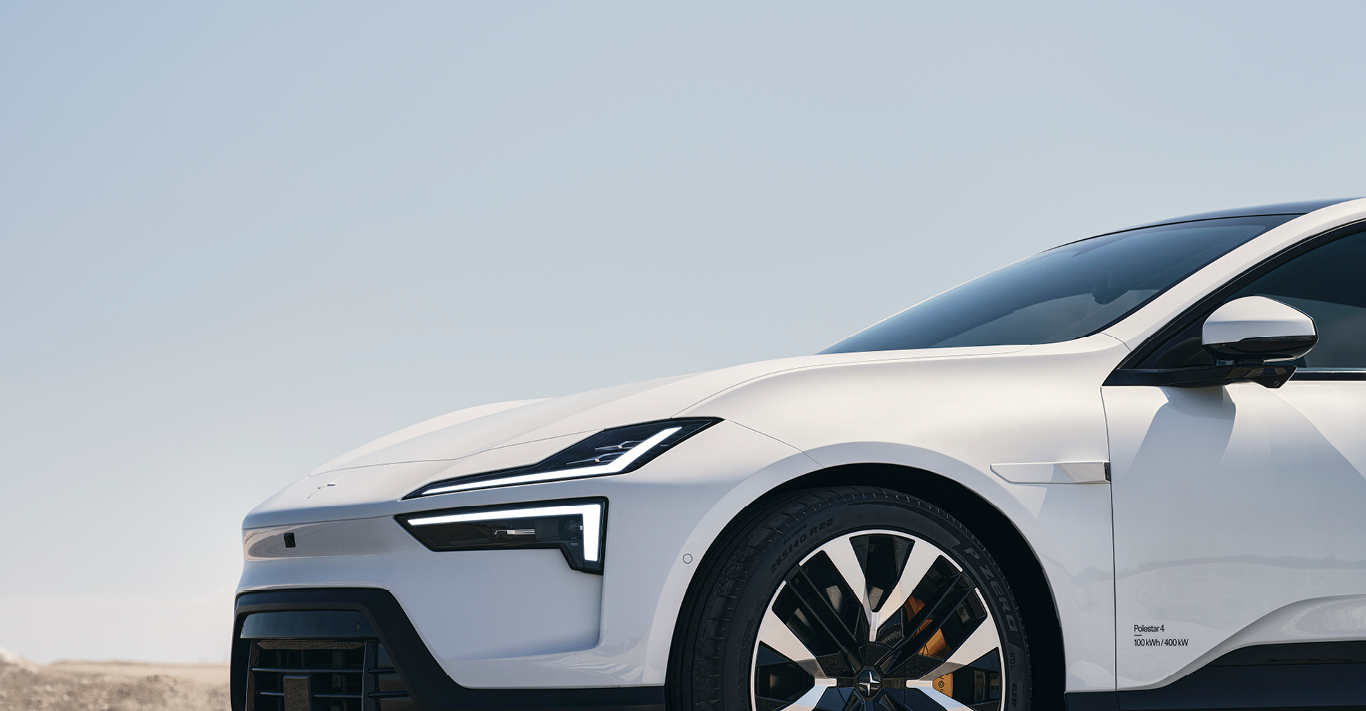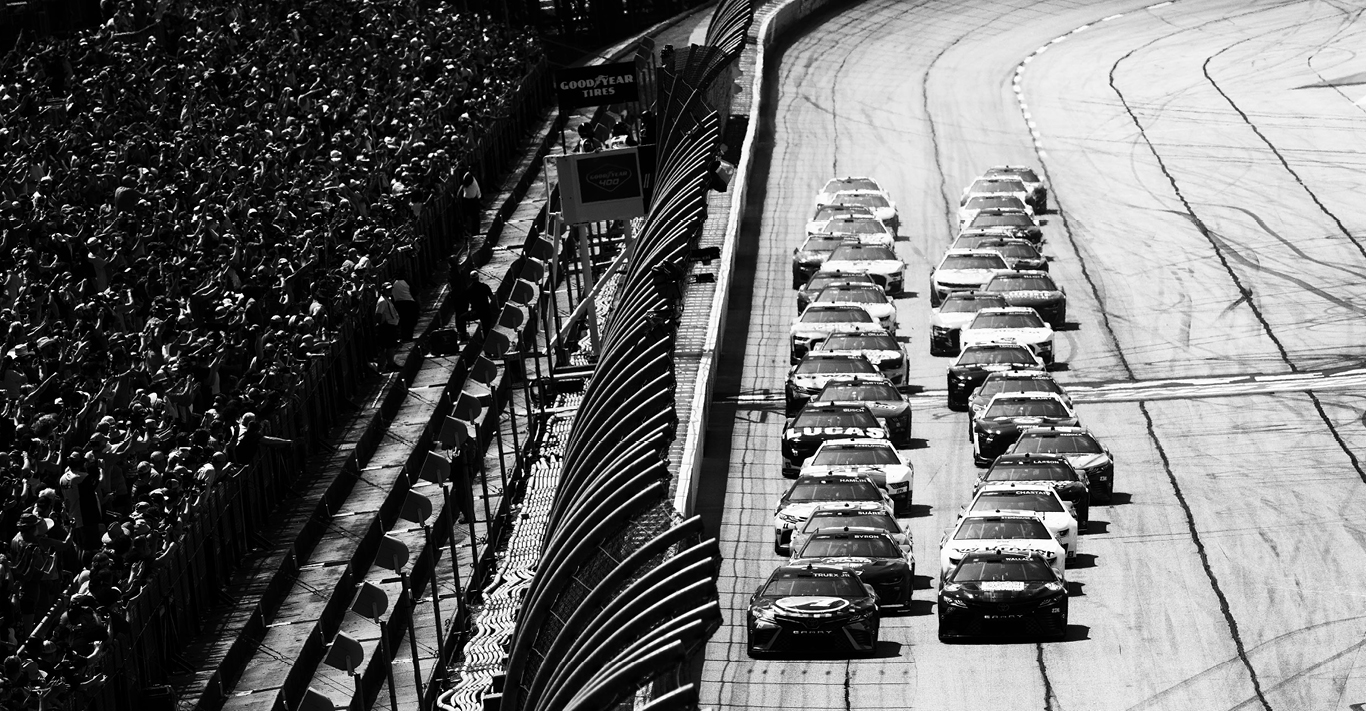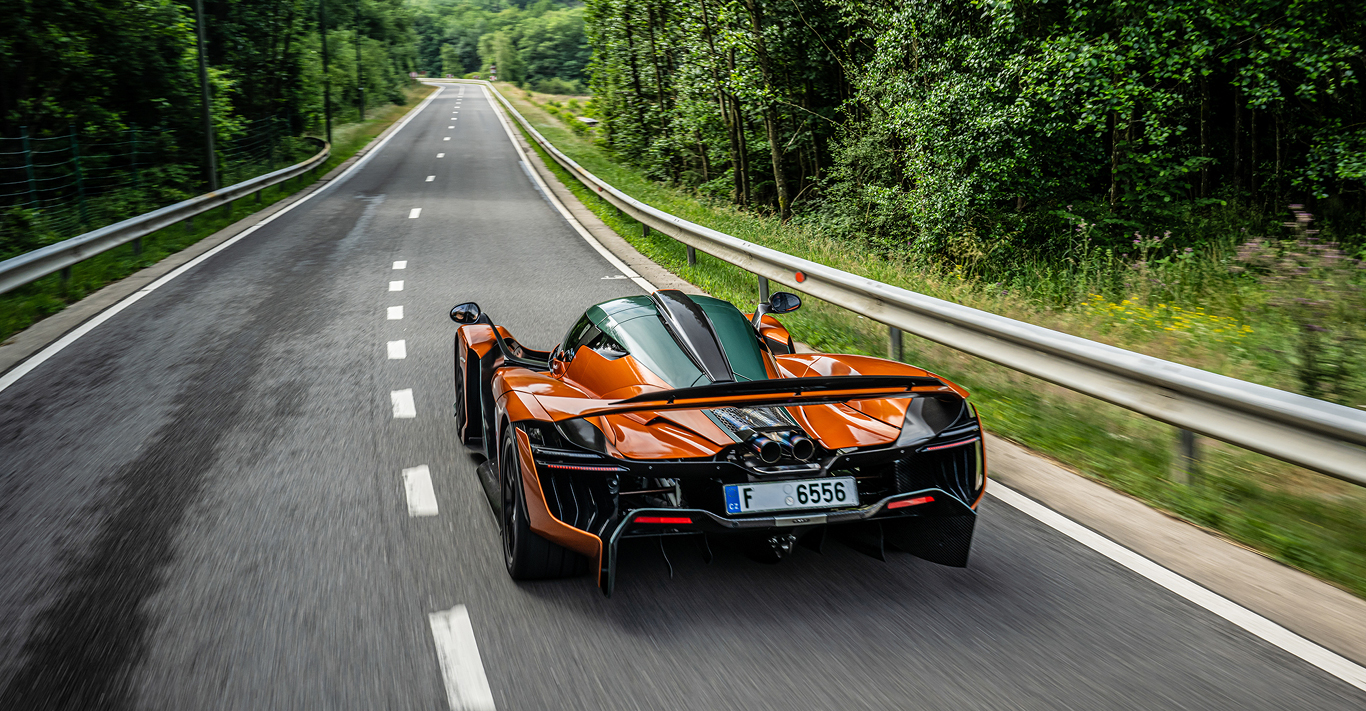WORDS
Ken Kessler
It’s as familiar a pairing as “surf ’n’turf ” or “rock’n’roll”: “watches’n’cars” have been wedded ever since the latter first appeared in the late 19th century. Timekeepers obviously lent themselves to recording the results of speed tests and measuring acceleration, proving essential for every form of motorsport, crucially for rallies. It was only a matter of time (groan) before cars and watches would hook up commercially.
Nothing exemplifies this more than the recent announcement that TAG Heuer has joined with Porsche, to create the brand new TAG Heuer x Porsche Carrera Chronograph. This 44mm diameter timepiece is not just a statement watch; it’s a declaration of a friendship that goes back more than a half-century.
It is serendipitous, then, that back in the 1960s both introduced models named after a legendary race, the Carrera Panamericana. Starting with such an historic precedent, TAG Heuer has injected modernity into the new watch by using the Heuer 02 automatic in-house movement. The case, too, is contemporary, with sleek styling, cutting-edge finishing and, significantly, the engraved Porsche legend on the bezel, highlighted in red to affirm a relationship exemplified by the two houses’ shared interests.
It’s well-known that Steve McQueen turned to Heuer for watches for adding authenticity to the film Le Mans, in which he drove a Porsche 917 on the track. And who can forget the gorgeous 911 that opened the film, as he drove to the circuit? Or that away from the screen, McQueen owned a Porsche 356 roadster? It is a bond such as this which lifts the TAG Heuer and Porsche alliance above the merely commercial, for the authenticity and validity are undeniable.
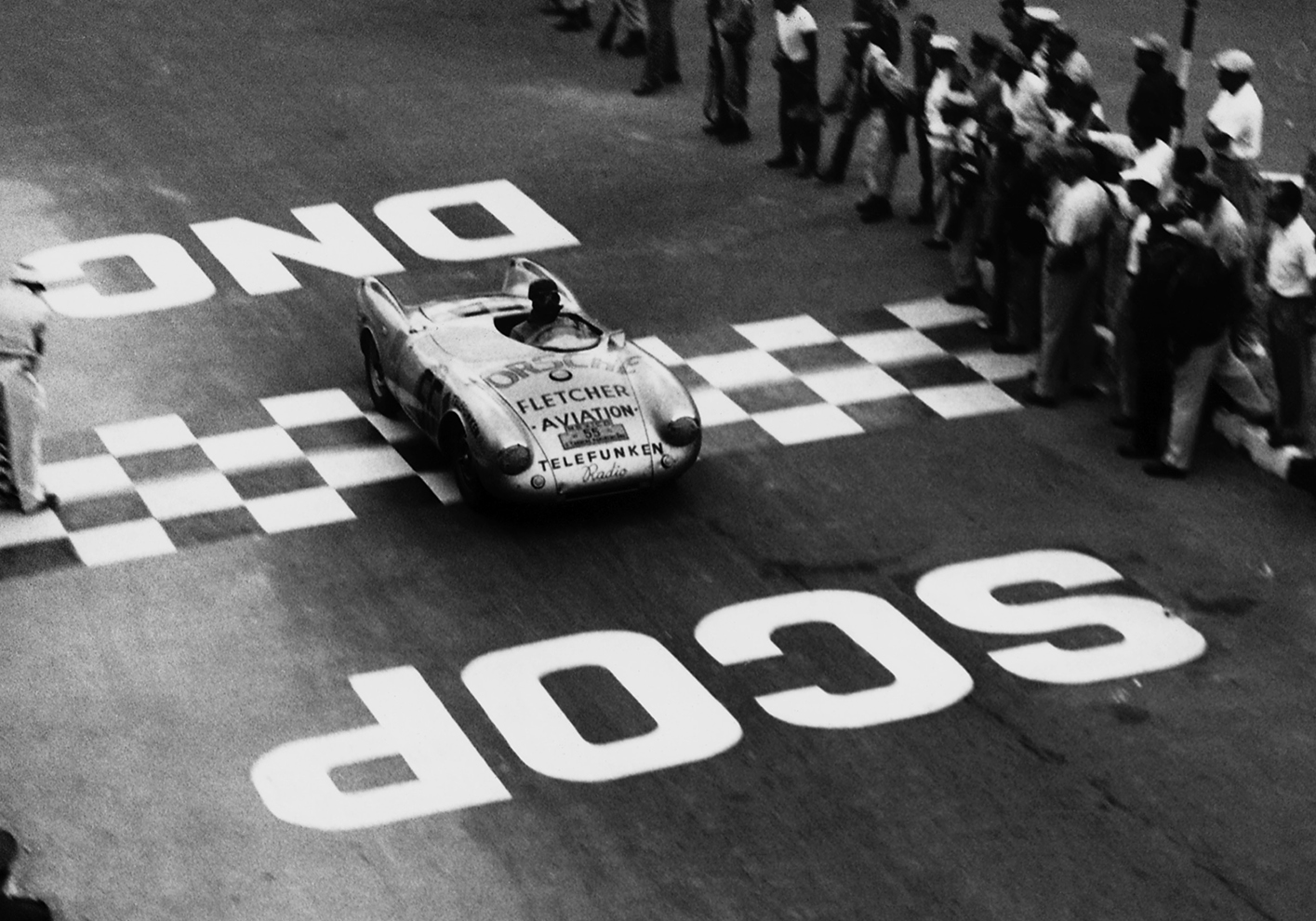
While the TAG Heuer and Porsche relationship has produced an all-new model, in the past individual car manufacturers would commission or have personalised watches to be gifted to drivers or clients, usually with their logos on the dials. Some even specified wristwatches with cases in the shape of car radiators or steering wheels. Ironically, chronographs in particular were seen primarily as tools. They didn’t seem to offer anything else to the world of automobiles beyond their basic purpose until the notion that the car, the race or the driver was a “brand” unto itself. Suddenly, they enjoyed a whiff of glamour.
No less an authority than multiple F1 World Champion Jackie Stewart credits Stirling Moss as the first to realise this, though Moss’s endorsements were applied to items such as motor oil or shirts or car insurance. The 1960s was the decade in which brand logos began to grace the bodywork of race cars and the coveralls and helmets of drivers, and not just logos from petrol companies, as symbolised
by Gulf ’s emblem and colours on Le Mans-winning Porsches. Because Heuer stopwatches probably timed more motorsport events than those of any other brand, the Heuer shield grew as prominent and recognisable as any petrol company’s emblem.
This apotheosis of watches and cars supporting each other didn’t simply happen. The seeds were planted much earlier in the decade, when Heuer started to produce chronographs dedicated to the needs of sportsmen, especially drivers. Jack Heuer launched the genre with the Autavia chronograph (the name from a combination of “Automobile” and “Aviation”), but his seemingly simple act of naming subsequent models after world-famous races gave birth to a series of hugely desirable classics, beginning with the Carrera, which owes its moniker to the ’50s Mexican road race the Carrera Panamericana.
Conceived and prototyped in 1963 (though its full-scale production and sales commenced in 1964), the Carrera was, in Jack’s words, inspired by his exposure to the sportscar community, especially “gentleman racers” such as Carrera Panamericana competitors the Rodriguez brothers, and serious enthusiasts, such as Paul Newman, not to mention his friend, Swiss F1 driver Jo Siffert. His instant affinity for the culture led him to register the name “Heuer Carrera” even before the watch was designed.
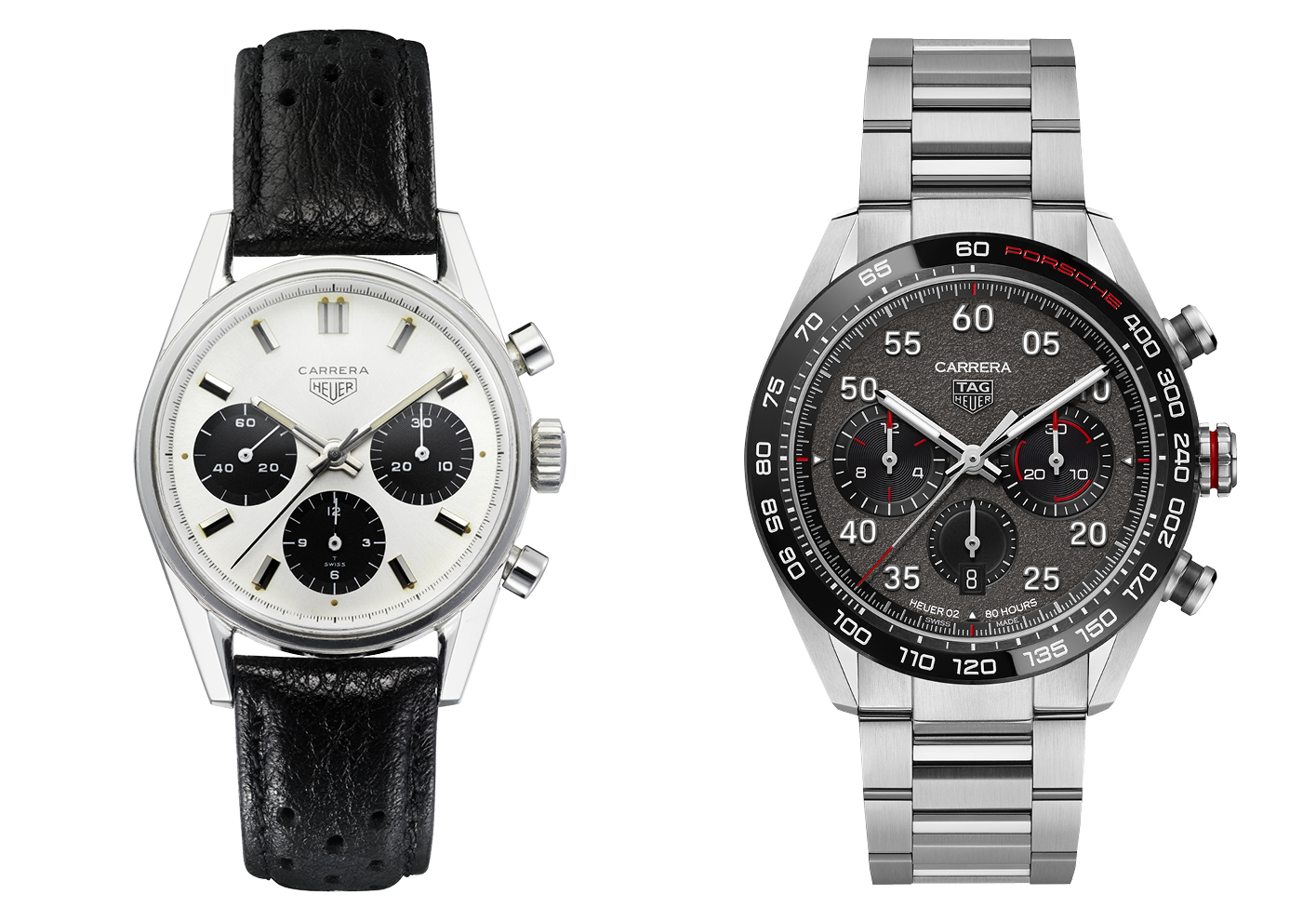
Here is where the Carrera added to the language of the chronograph, previously a complex, truly utilitarian type of wristwatch. Luxury houses had produced “dress chronographs”, but Jack wanted something to use at races and which was relatively affordable. Although rare gold-cased models would appear, stainless steel embodied the sport chronograph for its functionality.
At the time of the Carrera’s birth, Heuer was merging with rival chronograph maker Leonidas. It must be remembered that this was a period when nearly all watch houses acquired certain specialty movements from outside suppliers, especially chronograph calibres. Collectors of early Carreras thus have the joy of acquiring models with various Valjoux movements, while eventually there were
Heuer-Leonidas movements.
It started with a clear dial, in a round, screw-back, water-resistant case, with two pushers for operating the stopwatch function. Jack Heuer made legibility a priority, noting in his autobiography that previous chronographs, mostly created for aviation or military use, were difficult to read. He specifically mentions his love of clean design, citing his acquisition of an Eames chair, which might just make the Carrera the first watch that owes something to furniture design.
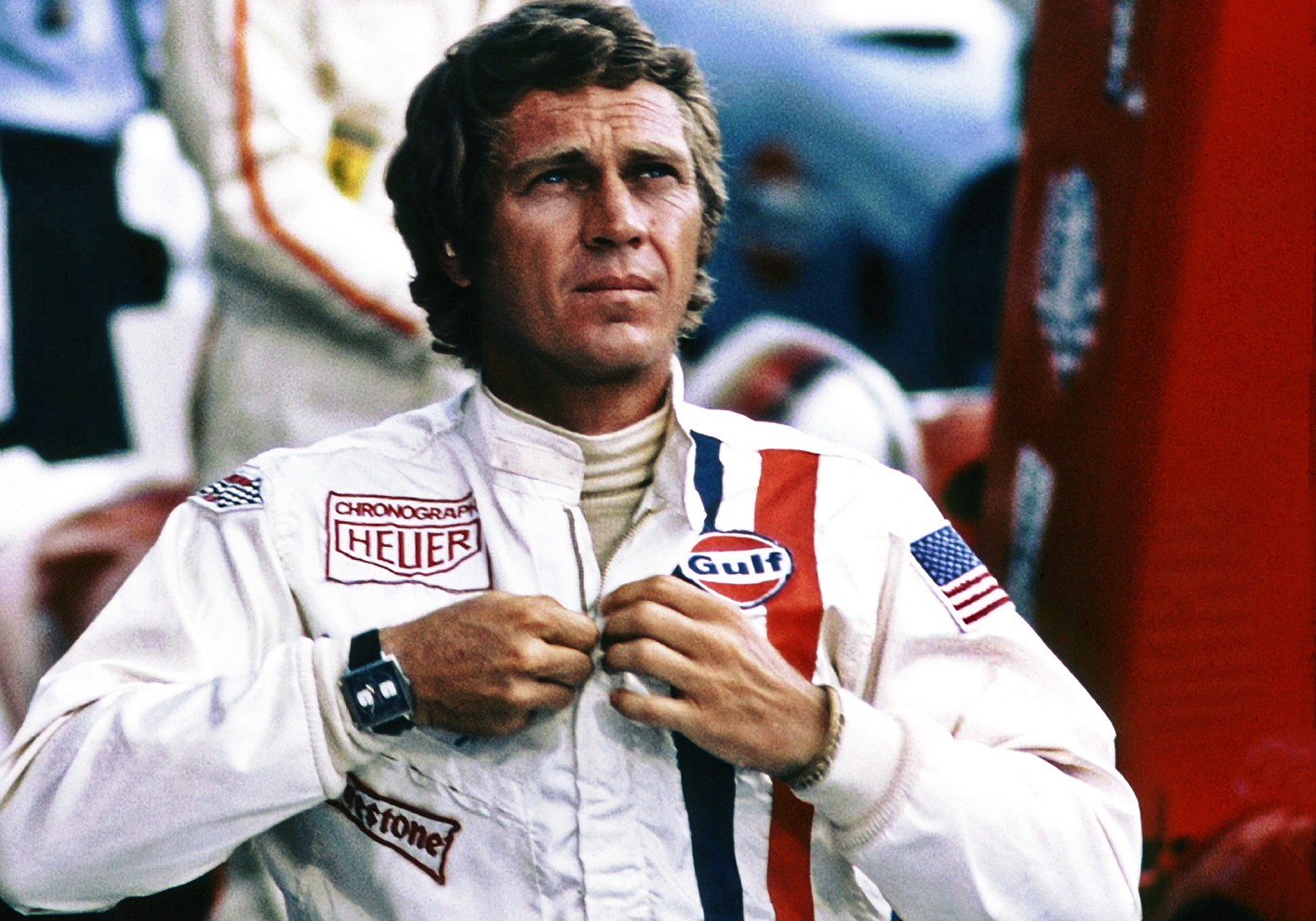
Jack’s novel solution was to place the tiny markings for the tachymeter on an inner sloped ring rather than having it printed on the circumference of the dial. This reduced clutter, and enabled the model to host numerous layouts.
Again, collectors have a wide range of variants to consider, starting with the manually wound two- and three-counter originals. Over the ensuing years, the Carrera would appear with a single counter, a date window, two counters-plus-date, black or white dials, “panda” and “reverse panda” dials, cushion cases, automatic movements and other variants justifying an entire book.
Now well past its half-century, and in spite of the design adventures it has had in that time, the Carrera retains its fundamental style, based on Jack Heuer’s original aim of delivering a motoring tool watch with practical legibility. Whether charmed by history or modernity, the customer can choose models that evoke the past, such as the 160 Years Special Editions, or opt for the contemporary look and a nod to the future with the Porsche collection. Thus it remains the chronograph of choice for the sporting gentleman, or gentleman racer even. And all those who love the concept of “pedigree”.

